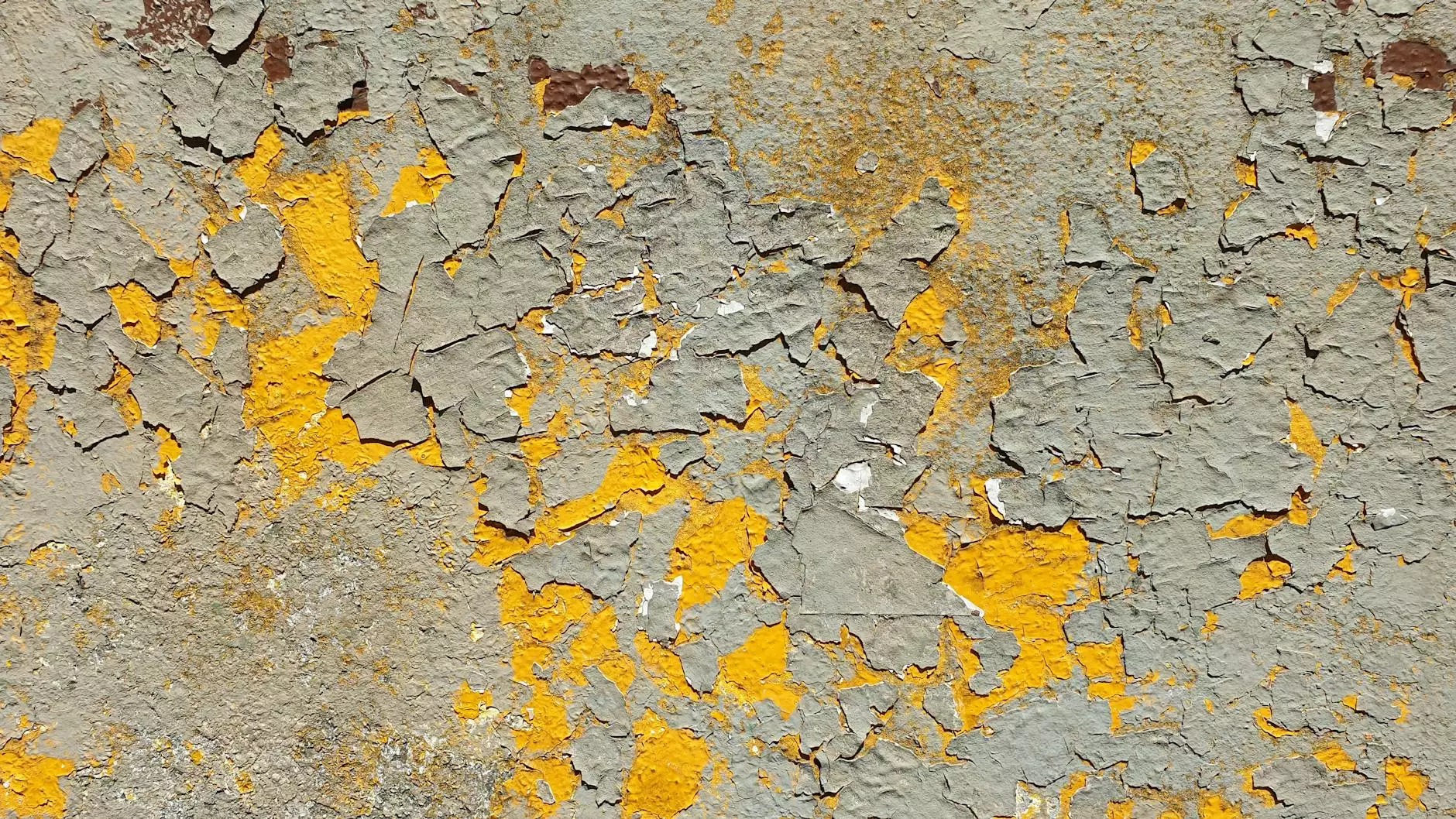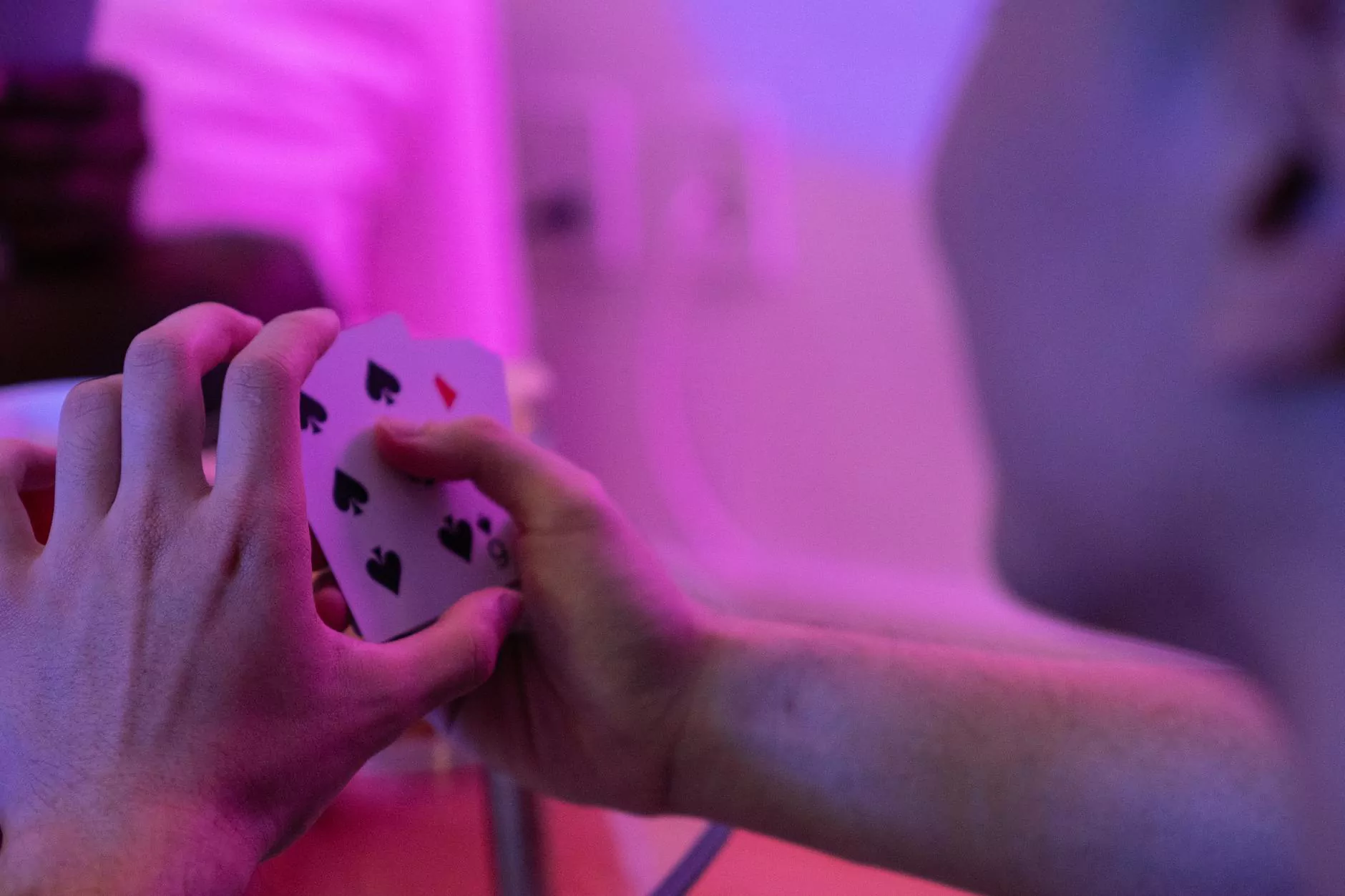Understanding What Causes Brown Discoloration on Legs Close to Ankles: A Comprehensive Guide

Introduction
Brown discoloration on legs, especially near the ankles, is a visible sign that often prompts concern and curiosity. While it may seem like a cosmetic issue, it frequently indicates underlying vascular or medical conditions that require professional diagnosis and management. This detailed guide aims to provide an in-depth understanding of what causes brown discoloration on legs close to ankles, the associated health implications, risk factors, diagnostic approaches, and effective treatment options offered by leading vascular medicine specialists.
What Is Brown Discoloration on Legs Near the Ankles?
Brown discoloration on the skin, particularly around the lower legs and near the ankles, manifests as patches or diffuse areas of pigmentation that can range from light brown to a much darker hue. This pigmentation is primarily due to the accumulation of hemosiderin, a breakdown product of blood that deposits in the skin tissues following blood leakage or venous insufficiency.
The Underlying Causes of Brown Discoloration Near the Ankles
Multiple health conditions and lifestyle factors contribute to the development of brown pigmentation on the legs near the ankles. Understanding these causes can guide individuals toward appropriate medical evaluation and treatment.
1. Chronic Venous Insufficiency (CVI)
Chronic venous insufficiency is the most common cause of brown discoloration on legs near the ankles. It occurs when the valves in the veins of the legs weaken or become damaged, impairing blood flow back to the heart. As blood pools in the lower extremities, pressure inside the veins increases, leading to leakage of blood components into surrounding tissues. Over time, hemosiderin deposits give rise to characteristic brown pigmentation, often accompanied by swelling, aching, and skin changes such as eczema or ulcerations.
2. Venous Stasis Dermatitis
This inflammatory skin condition results from prolonged venous hypertension. The excess blood pooling causes capillary rupture and leakage, leading to skin discoloration, dryness, thickening, and itching. These changes are often visible as brownish patches near the ankles and are linked with CVI.
3. Skin Hemosiderin Deposition
The breakdown of red blood cells within the veins releases hemoglobin, which is processed into hemosiderin. Its accumulation in the skin causes the characteristic brown pigmentation. The more severe or longstanding the venous insufficiency, the more pronounced the discoloration.
4. Lymphedema and Post-Inflammatory Changes
While less common, lymphatic obstruction or prior inflammation can also lead to tissue changes that include hyperpigmentation. When combined with venous problems, these conditions can intensify skin discoloration near the ankles.
5. Other Medical Conditions
- Venous Leg Ulcers: Chronic wounds associated with venous disease can leave behind pigmented scars.
- Varicose Veins: Enlarged, twisted veins reflect underlying venous incompetence that often correlates with pigmentation issues.
- Hemosiderosis: Generalized iron deposits in the tissues due to recurrent bleeding or vascular fragility.
- Medical Conditions such as Diabetes or Heart Failure: Can exacerbate venous and circulatory problems leading to pigmentation changes.
Recognizing the Symptoms and Risk Factors
Understanding the symptoms and identifying risk factors associated with what causes brown discoloration on legs close to ankles can facilitate early detection and intervention. Key symptoms include:
- Persistent brownish patches or mottling on the skin near the ankles
- Swelling or edema in the lower legs and ankles
- Itching, eczema, or skin thickening
- Discomfort, aching, or heaviness in the legs
- Skin ulcers or open sores in severe cases
Risk factors to consider include:
- Age: Increased risk with advancing age due to weakening vascular structures
- Chronic Venous Disease: Family history or prior episodes
- Obesity: Excess weight strains leg veins
- Prolonged Standing or Sitting: Reduces blood circulation
- History of Deep Vein Thrombosis (DVT): Causes damage to venous valves
- Lack of Physical Activity
- Pregnancy: Increased blood volume and hormonal changes affect vascular health
Diagnostic Approach for Brown Discoloration Near the Ankles
Accurate diagnosis is essential to determine the underlying cause and guide effective treatment. The diagnostic process typically involves:
- Medical History Review: Including symptoms, lifestyle factors, and family history.
- Physical Examination: Inspection of skin changes, swelling, varicose veins, and ulcerations.
- Venous Doppler Ultrasound: Non-invasive imaging to assess blood flow and valve competence.
- Photographic Documentation: To monitor progression and treatment response.
- Additional Tests: Blood tests, skin biopsies, or venograms if necessary for complex cases.
Effective Treatment Options for Brown Discoloration on Legs
Successfully addressing what causes brown discoloration on legs close to ankles involves a tailored treatment plan that targets the underlying vascular issues and alleviates symptoms. Leading vascular medicine specialists recommend:
1. Compression Therapy
Use of compression stockings or bandages helps improve venous return, reduce swelling, and prevent further blood leakage. Compression therapy is often the first line of treatment and is essential for managing venous insufficiency.
2. Lifestyle Modifications
- Maintaining a healthy weight to reduce vascular stress
- Engaging in regular physical activity such as walking or leg exercises
- Elevating legs periodically to promote blood flow
- Avoiding prolonged standing or sitting
- Meticulous skin care to prevent wound development
3. Medical and Surgical Interventions
- Endovenous Laser Treatment (EVLT): Minimally invasive procedure to close damaged veins
- Sclerotherapy: Injection of solutions that collapse problematic veins
- Vein Stripping or Surgical Lesioning: For severe or recurrent venous disease
- Wound Care: Managing ulcers or skin lesions with specialized dressings and therapies
4. Pharmacological Options
Medications such as venoactive drugs can support venous tone, reduce inflammation, and improve symptoms, but should be used under medical supervision.
5. Monitoring and Follow-up
Regular check-ups with vascular specialists are critical to monitor disease progression, evaluate treatment effectiveness, and prevent complications like skin ulcers or recurrent pigmentation.
The Importance of Professional Vascular Medical Care
If you notice persistent brown discoloration or related symptoms, consulting with a dedicated vascular medicine specialist, such as those at Truffle Vein Specialists, is vital. Expert care ensures accurate diagnosis, personalized treatment plans, and optimal management of underlying vascular conditions.
Preventive Measures to Reduce Risk
Prevention plays a key role in avoiding or minimizing brown discoloration caused by vascular issues. Practical steps include:
- Adopting a healthy lifestyle with balanced nutrition and regular exercise
- Wearing compression stockings if you're at risk or have a history of venous problems
- Managing weight effectively
- Avoiding smoking and controlling chronic medical conditions like diabetes and hypertension
- Attaining and maintaining an active, mobile lifestyle
Final Thoughts
Brown discoloration on legs near the ankles is more than a cosmetic concern; it often signals underlying vascular health issues that require attentive diagnosis and management. Through understanding the causes, recognizing the symptoms, and seeking the expertise of vascular medicine professionals, individuals can effectively address these skin changes and improve their overall leg health.
For comprehensive vascular assessments and innovative treatments tailored to your needs, contact Truffle Vein Specialists. Our experienced team is dedicated to restoring vascular wellness and skin integrity, helping you regain confidence and comfort in your daily life.









